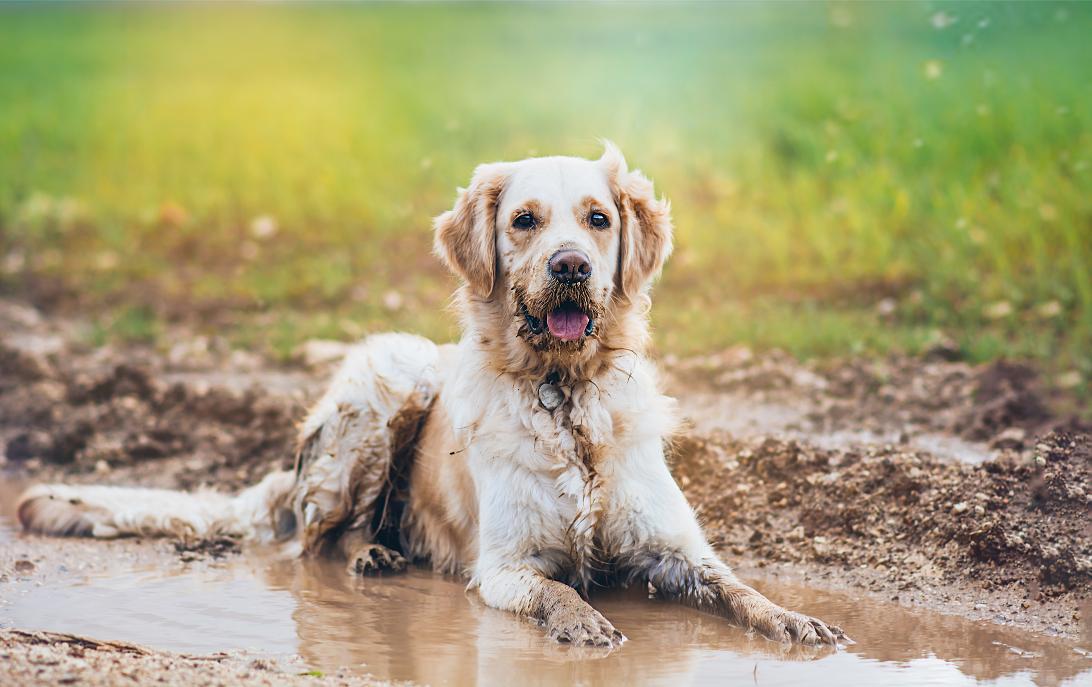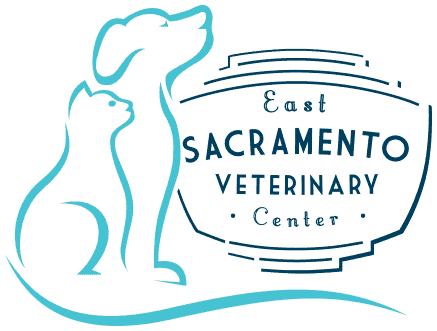Giardia in Dogs: What You Need to Know

Is there anything better than going for a spring romp with your pup? We don’t think so. But one thing we don’t want is for your dog to get exposed to Giardia this spring while you’re out exploring.
Giardia is a protozoal parasite that can cause gastrointestinal distress in dogs (and humans, but we digress). Understanding how Giardia spreads and how to prevent it can help keep your furry friend safe and healthy.
Today, the team at East Sacramento Veterinary Center will tell you everything you need to know about the pesky parasite.
What Is Giardia?
Giardia is a microscopic parasite that affects the intestines of dogs. When a pup has Giardia, she can suffer from diarrhea, weight loss, and dehydration. Because Giardia isn’t visible to the naked eye, it can often go undetected until symptoms strike.
Dogs get infected when they ingest the parasite, usually through infected stool, contaminated surfaces, or contaminated water.
Where Do Dogs Get Giardia?
Giardia can be anywhere—in the soil, running through creeks, and lurking on your pet’s favorite toy. The parasite can practically live forever in contaminated water sources like puddles, ponds, and streams. (OK, not forever, but for months and months.) Spring rains can make conditions even more favorable for the parasite, putting your pet at further risk.
Infected animals poop Giardia out through infected stool. This means if your pup licks, sniffs, or even just steps on infected poop, he can ingest Giardia cysts and get infected.
Unfortunately, fecal particles have a way of getting on…well, everything. If your dog steps on an infected stool, licks her paw, and then uses a water bowl, boom. Giardia’s in the bowl. This is why Giardia spreads so easily from one infected pet to another.
Signs of Giardia in Dogs
Symptoms of Giardia vary from dog to dog, but the most common signs include:
- Watery or foul-smelling diarrhea
- Weight loss
- Vomiting
- Lethargy
- Dehydration
Worse still, some dogs can carry the parasite without showing symptoms, but they can still spread Giardia to other animals and humans.
Diagnosis and Treatment
If you think your dog has Giardia, a vet will need to test a stool sample to confirm the infection. Since the parasite can be difficult to detect, the vet might need to run multiple tests.
Treatment usually involves two things: antiparasitic medication and hydration, hydration, hydration.
Oh, and a thorough housecleaning to get rid of the parasite on any contaminated surfaces your dog may have touched.
Use bleach and hydrogen peroxide-based cleaners to fully destroy the parasite on all surfaces.
Preventing Giardia in Dogs
To reduce the chance of a dreadful Giardia infection, make sure you keep your yard free of poo. Easier said than done, we know, but it’s worth the effort to keep Giardia out of your home.
Keep your pup’s water bowl clean and provide fresh water every day or whenever you notice the bowl getting low. Bring clean water along on hikes and give it to your dog. Don’t let her drink from creeks, puddles, or lakes for hydration.
Also, make sure to clean bowls, toys, and any areas you and your pup share. This can help cut down your chances of contamination.
Finally, schedule a routine vet checkup in the spring, when Giardia is out in full force. Your veterinary team can help you detect and treat the parasite before it takes over your life. To schedule an appointment with our caring team at East Sacramento Veterinary Center, call us at (916) 737-5670.
